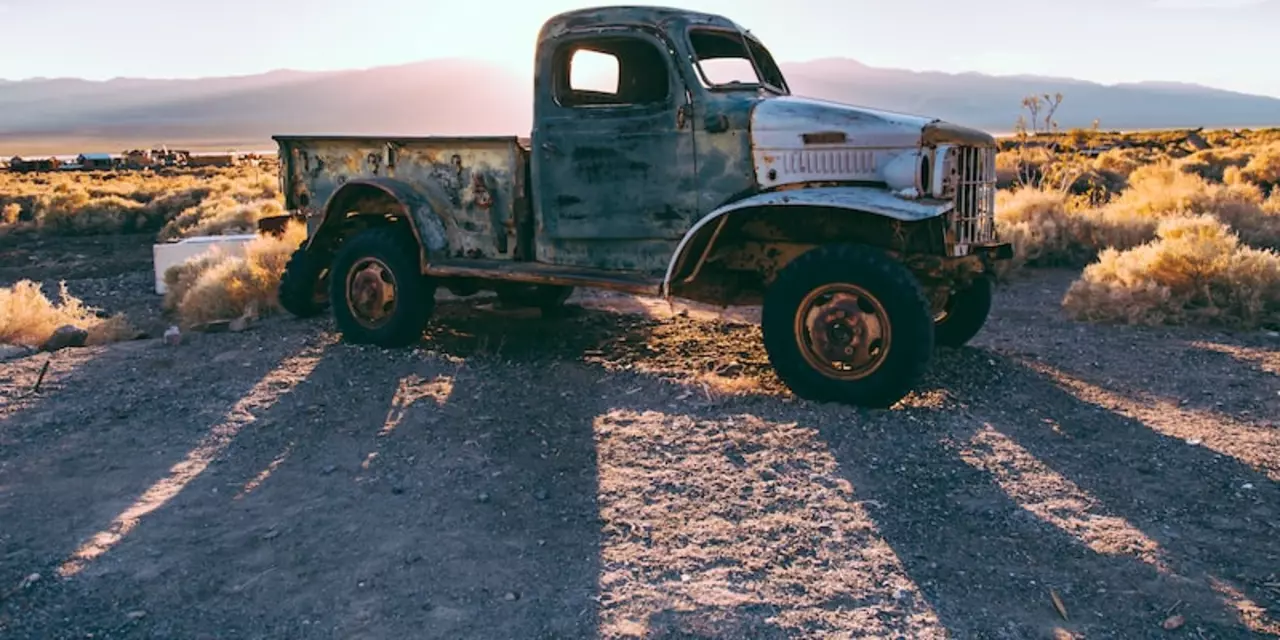Vintage Cars: Why Old Wheels Still Capture Our Hearts
There’s something magnetic about a car that’s stood the test of time. Maybe it’s the sleek curves, the rumble of a classic engine, or the stories each metal panel carries. If you’ve ever wondered what separates a vintage car from a regular older vehicle, you’re in the right spot. Below, we’ll break down the basics and give you simple steps to keep your classic running smooth.
What Makes a Car Vintage?
Experts usually draw the line at 20 to 30 years old, but the real magic is in the details. A vintage car typically has a design that reflects the era it was built in – think tailfins, chrome accents, and manual gearboxes. It also often features technology that’s no longer mass‑produced, like carburetors or analog dashboards. If the vehicle is rare, has a strong fan base, or was made by a brand with a storied past, those points add extra vintage value.
Take the Ford GT40, for example. It wasn’t just a fast car; it symbolized a racing showdown that still sparks conversations today. Even fictional rides like Lightning McQueen borrow design cues from historic models, proving that vintage appeal stretches into pop culture.
Caring for Your Vintage Car
Maintaining a classic isn’t rocket science, but it does need patience and a bit of know‑how. Start with a thorough inspection: check the rust‑prone areas, hoses, and belts. Replace fluids with the right specifications – modern synthetics can harm older engines that expect mineral oil.
Next, think about storage. A dry, temperature‑controlled garage protects paint and interior upholstery. If you can’t keep it indoors, invest in a high‑quality car cover and avoid parking under trees where sap can damage the finish.Regular drives are crucial too. Engines that sit idle for months can develop seal issues. A short 20‑minute spin once a week keeps everything lubricated and prevents parts from seizing up.
When it comes to parts, don’t be afraid to search forums or vintage car clubs. Enthusiasts often share hard‑to‑find components, and many clubs host swap meets where you can pick up genuine pieces at reasonable prices.
Lastly, keep a log. Jot down the mileage, any work performed, and the dates of oil changes. Over time, that record becomes a selling point if you ever decide to pass the car to another lover of classic rides.
Whether you’re just admiring vintage cars at a show or you’ve already got a project in the garage, understanding the basics makes the experience richer. These timeless machines aren’t just transportation; they’re rolling pieces of history you get to drive.
